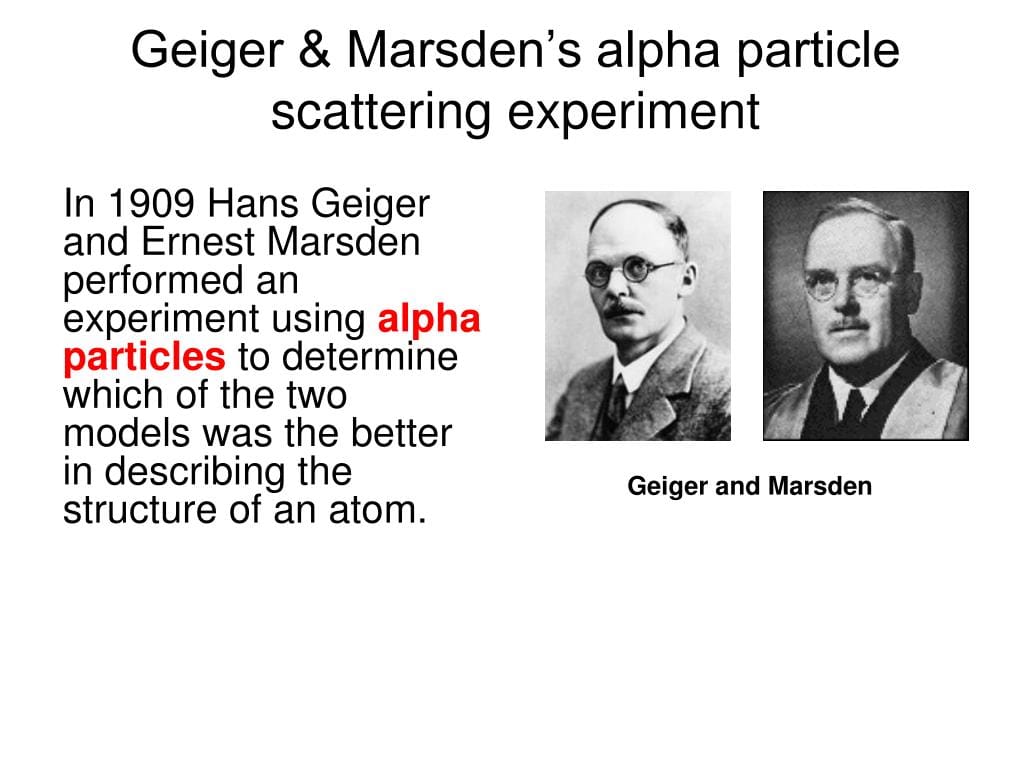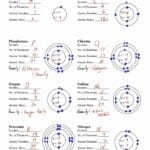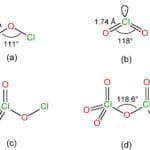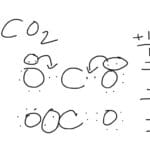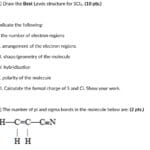Unraveling the Atom: The Dynamic Duo and their Groundbreaking Experiment
The Gold Foil Experiment stands as a pivotal moment in scientific history, reshaping our understanding of the very building blocks of matter. But behind this groundbreaking experiment lies the captivating story of Hans Geiger and Ernest Marsden, the dynamic duo whose meticulous work paved the way for a revolution in atomic physics.
At the dawn of the 20th century, the scientific community grappled with the enigmatic structure of the atom. The prevailing theory, the “plum pudding” model, envisioned the atom as a positively charged sphere with negatively charged electrons embedded within, much like plums scattered throughout a pudding.
In 1908, under the guidance of renowned physicist Ernest Rutherford at the University of Manchester, Hans Geiger and Ernest Marsden embarked on a series of experiments to probe the atom’s structure. Their tool of choice? Alpha particles – positively charged particles significantly smaller than atoms yet possessing considerable energy.
The experiment itself seemed deceptively simple: fire a beam of these alpha particles at an exceedingly thin sheet of gold foil and observe their trajectory. If the plum pudding model held true, the expectation was that the alpha particles would pass through the foil largely undeflected, with only minor deviations due to the diffuse positive charge thought to permeate the atom.
Geiger and Marsden meticulously bombarded the gold foil with alpha particles, carefully recording their observations. While the majority of particles did indeed pass through the foil with minimal deflection, a small fraction exhibited an unexpected behavior. Some were deflected at large angles, veering significantly from their initial trajectory. Astonishingly, a tiny percentage of the alpha particles bounced straight back, as if they had encountered an impenetrable barrier within the gold atoms.
This unexpected result sent shockwaves through the scientific community. The reigning plum pudding model was demonstrably inadequate, unable to account for the observed large-angle scattering and backscattering of alpha particles. It was clear that a radical rethinking of the atom’s structure was in order.
Rutherford, analyzing the perplexing results, had a moment of scientific epiphany. He realized that the only plausible explanation for the observed scattering pattern was the existence of a highly concentrated, positively charged nucleus at the atom’s core. The vast majority of the atom, he surmised, must be empty space, allowing most alpha particles to pass through unimpeded. The small fraction of particles that experienced large deflections or even bounced back, he reasoned, must have come into close proximity to this tiny, dense nucleus, experiencing a strong electrostatic repulsion.
The Birth of the Nuclear Atom: A Paradigm Shift
Rutherford’s deductions, meticulously supported by Geiger and Marsden’s experimental data, gave birth to the nuclear model of the atom – a revolutionary concept that overturned the prevailing plum pudding model. The atom, according to this new model, was no longer a diffuse blob. Instead, it consisted of a minuscule, dense nucleus containing most of the atom’s mass and all of its positive charge, orbited by negatively charged electrons at relatively large distances.
The impact of the Geiger-Marsden experiment and the subsequent development of the nuclear model cannot be overstated. This groundbreaking work laid the foundation for modern atomic physics and had far-reaching implications for numerous scientific disciplines. It paved the way for advancements in nuclear physics, particle physics, chemistry, and material science. The development of nuclear energy, medical imaging techniques like PET scans, and our understanding of the fundamental forces governing the universe – all owe a debt of gratitude to the pioneering work of Geiger and Marsden.
Their story serves as a powerful testament to the importance of meticulous experimentation, unwavering curiosity, and the willingness to challenge existing paradigms in the pursuit of scientific truth. Geiger and Marsden, the dynamic duo behind the gold foil, didn’t just refine our understanding of the atom; they sparked a scientific revolution that continues to illuminate our understanding of the cosmos.
What is the Geiger and Marsden theory?
While the term “Geiger and Marsden theory” isn’t commonly used, their groundbreaking experiment in 1909, under the guidance of Ernest Rutherford, directly led to the development of Rutherford’s nuclear model of the atom. This model, a radical departure from the prevailing “plum pudding” model of the time, proposed the following:
- Atoms are mostly empty space: This explained why the majority of alpha particles in their experiment passed straight through the gold foil.
- A tiny, dense nucleus sits at the atom’s center: This explained the large-angle scattering of some alpha particles, suggesting they were repelled by a concentrated positive charge.
- The nucleus contains most of the atom’s mass: This was inferred from the significant deflection experienced by the alpha particles that interacted with the nucleus.
- Electrons orbit the nucleus: This idea was proposed to explain the overall neutrality of the atom and was later refined by Niels Bohr and others.
Their experiment didn’t just tweak an existing theory; it shattered the old one and built a completely new understanding of the atom from the ground up.
What was the significance of the Geiger-Marsden experiment?
The Geiger-Marsden experiment was nothing short of a seismic shift in the world of physics. Here’s why it was so significant:
- Demolished the Plum Pudding Model: This experiment provided the first conclusive evidence against J.J. Thomson’s “plum pudding” model, which had been the dominant theory for over a decade. This paved the way for a more accurate understanding of atomic structure.
- Gave Birth to the Nuclear Model: The experiment’s results led directly to Rutherford’s proposal of the nuclear model, which remains a cornerstone of modern atomic theory. This model revolutionized our understanding of the atom and its constituents.
- Foundation for Nuclear Physics: By revealing the existence of the atomic nucleus, the experiment laid the groundwork for the entire field of nuclear physics. It opened up new avenues of research into the atom’s core, leading to advancements in nuclear energy, medicine, and more.
- Profound Technological Impact: The experiment’s findings ultimately paved the way for a wide range of technologies, from nuclear power and weapons to medical imaging and radiation therapy.
- Illustrates the Power of the Scientific Method: The story of the Geiger-Marsden experiment exemplifies the scientific process at its best – observation, experimentation, and the development of new theories to explain unexpected results.
What did Geiger and Marsden discover in 1909?
In essence, Geiger and Marsden, through their meticulous experimentation in 1909, discovered that atoms were not the uniformly distributed spheres of positive and negative charge that scientists had envisioned. Their key findings were:
- Large-angle Scattering: Contrary to expectations, they observed that a small percentage of alpha particles fired at the gold foil were deflected at significant angles.
- Backscattering: Even more astonishingly, a tiny fraction of alpha particles bounced directly back from the foil, a result completely inconsistent with the prevailing plum pudding model.
These unexpected findings provided the first experimental evidence for these revolutionary conclusions:
- The atom is mostly empty space.
- A tiny, dense, positively charged nucleus exists at the heart of every atom.
Their work, alongside Rutherford’s interpretation, fundamentally changed our understanding of the atom and ushered in the era of modern nuclear physics.
Internal Links:
Interested to know who’s more monstrous between these prehistoric titans? Be sure to check out livyatan vs megalodon for a detailed comparison of their sizes, strengths, and fascinating facts.
Or are you more interested in megalodon vs livyatan? Learn about their ancient rivalry, differences in hunting styles, and who would win in a hypothetical face-off.
- Discover Long Black Pepper: Flavor & Health Benefits - April 25, 2025
- Shocking Twists: The Grownup Review: Unreliable Narration - April 25, 2025
- A Quiet Place Book vs Movie: A Deep Dive - April 25, 2025
